An Album is a Tragedy: AMNESIA SCANNER & FREEKA TET
|Shane Anderson
“An album is a tragedy” is not what you’d expect to hear from a band doing promotion for a new LP, but these were precisely the sentiments of Amnesia Scanner who released an album on PAN last week. Strobe.RIP, a collaboration with the French artist Freeka Tet, is the Finnish experimental outfit’s third studio album of deconstructed club music. And like the other two, this new statement moves from garage to industrial to grunge to pop in a matter of seconds. But even more than before: nothing ever feels random.
At turns catchy, at others gratifyingly challenging, Strobe.RIP is the richest statement of the Berlin-based duo to date, full of surprising pop-punk anthems and heartbreaking hooks about losing yourself in the club. I talked to Amnesia Scanner’s Ville Haimala and Martti Kalliala and to Freeka Tet about mechanical hallucinogens, prompting ChatGPT, and the purpose of album covers in this age of streaming.
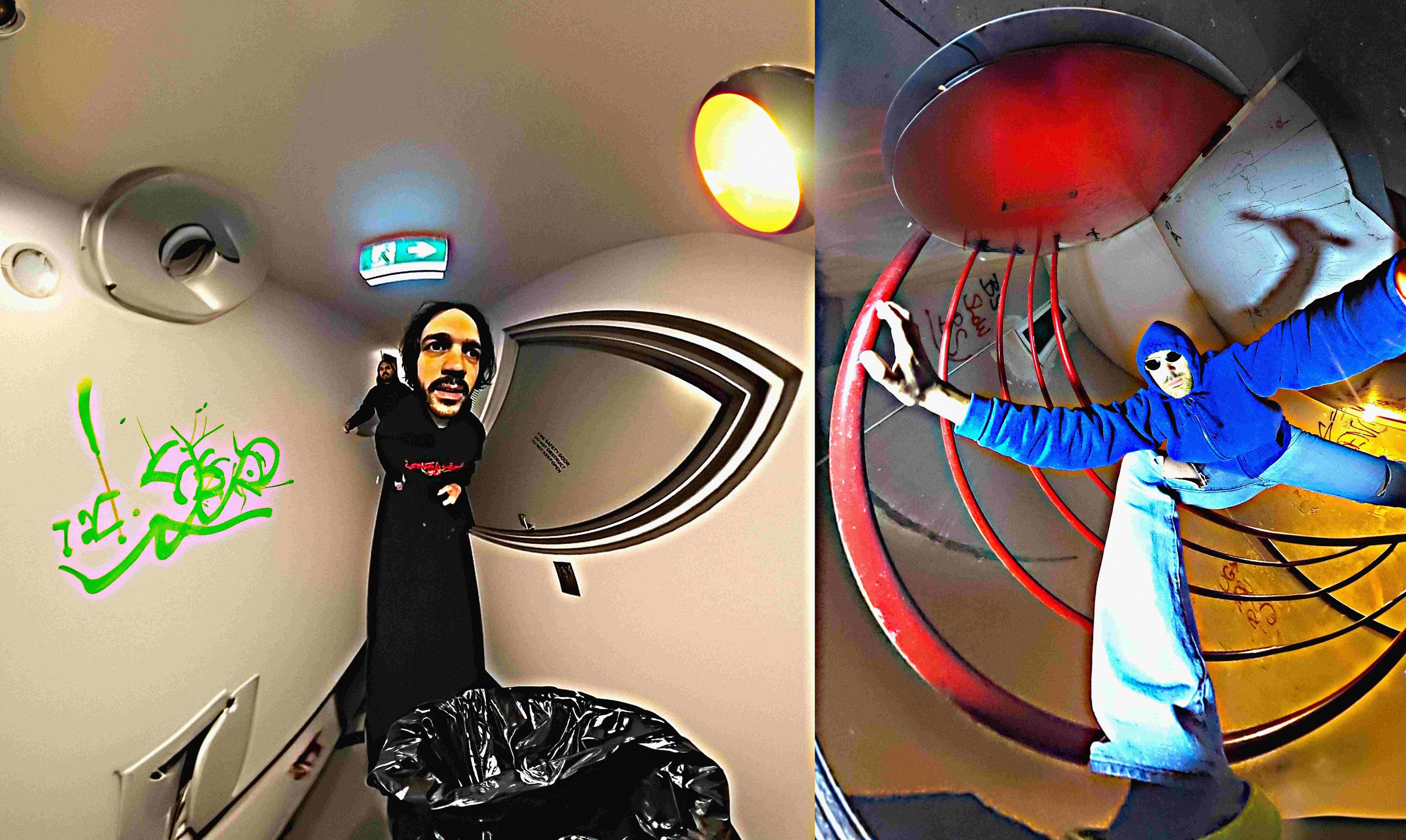
SHANE ANDERSON: Where are you?
VILLE HAIMALA: Freeka [Tet] and I just landed in Hobart, Tasmania, so we’re a bit spaced out.
MARTTI KALLIALA: I’m in Berlin.
SA: You didn't go to Australia and Tasmania for the tour?
MK: No. It’s not the standard operational principle, but this is a duo mission.
VH: Hobart is very far.
SA: How did you all meet?
VH: It was a few years ago at a festival in Mexico City. A friend introduced us and we discovered that we share some interests even though we have very different perspectives.
SA: What do you mean?
MK: We have different approaches or lenses but there’s a shared aesthetic or sensibility. We’re all drawn to the absurd, surreal, and carnivalesque. Freeka really compliments what we do because he’s an extremely creative builder, coder, tinkerer—and we’re not.
VH: Martti and I tend to paint with a broad brush, but Freeka is very detail oriented.
SA: It surprises me that you describe your process as using broad brushstrokes since your music is so intricate.
VH: If we stick with painting metaphors, maybe another way to put it is to say that our work is more expressive. We often take the liberty to clash things and put them into conversation without having a clear reasoning as to why they belong together. But while we were working on the album, Freeka would say, “There’s this weird sound here, and there needs to be a reason for its existence.” He meticulously dives into certain things we would overlook or that were created by accident.
MK: The music has a lot of detail and is very dense but a lot of it is accidental or the result of our process. It’s not always conscious. But Freeka has looked at a lot of our previous work and became obsessed with a bunch of details that we hadn’t noticed and taken them much further.
SA: Do you have a concrete example?
MK: He picked up on the theme of laughter, which was a common thread in our work but something we never really thought about. He’s taking this theme to another level on some of the things we’re currently working on.
VH: Another example would be the voice of the band. We always wanted the project to have an iconic voice that would be recognizable, but one that wasn’t a specific person or even human. So we crafted the narrator or voice of Amnesia Scanner out of samples—including from my voice and other people’s voices. We call it the Oracle. The vocals have always been very processed and impossible to do live until Freeka came in. He built two robots—one small, one large—that are the representation of the voice and also a very unique vocal rig to sing through. The rig creates a greater “live” feeling at shows and it was a dramatic change for us.
FREEKA TET: Our collaboration was originally focused on the live setting before Covid-19. Afterwards, the concept of a live show included streaming, which broadened the possibilities, allowing for both live and video components to work with the music. This changed our approach, and we slowly started doing some songs together.
SA: Freeka, you’re a hacker, right?
FT: It depends on your definition of hacking. If you mean sitting on my computer and breaking into servers, then no. But if you mean taking an object and using it in a way that’s different from how it was intended, then yes. When we started working together, for instance, I wanted to make music without any music software and only use Chrome. I had all these JavaScripts that would loop into YouTube or slow things down, and I was obsessed with this challenge. If I don’t know how something works, then I need to figure out how to hack it.
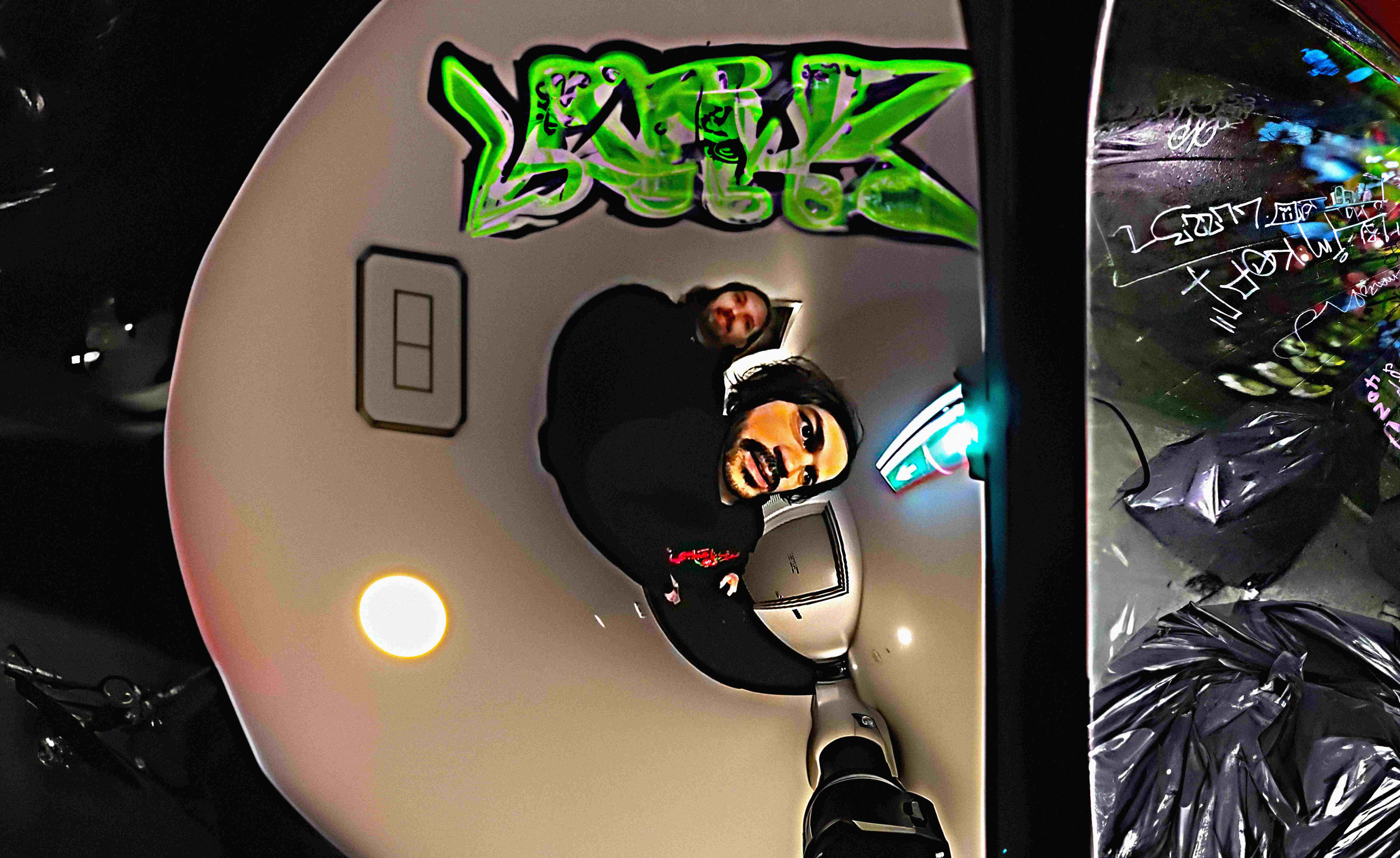
SA: The previous Amnesia Scanner albums had several collaborations, including LYZZA, Pan Daijing, and Daniela Lalita. How important is collaboration for you? And for music today?
VH: Featuring and the like is definitely more common these days because of cross-branding and clout, but in our case the project has never revolved around our personalities and has always been collaborative. It’s like a platform or playground that people can easily join and bring in their personalities and ideas. There’s Martti and I, but also PWR Studio, who make most of our graphics, Jaakko Pallasvuo, who has written a lot of text for us, and others.
MK: Amnesia Scanner is almost like a franchise or cinematic universe. It’s like Ghost in the Shell, which has different animes and original mangas and new interpretations of the characters and tropes and that world. With our collaborators, there’s a shared sense as to what Amnesia Scanner is and what makes sense in this world, which has made it really effortless to work with people. We’re also very open and aren’t super precious. That isn’t necessarily the case for artists where their persona, their identity, their character, are very closely connected to their artistic output. For them, it might be more difficult to bring in other people as the environment is more fragile.
SA: The way you’ve described everything so far makes the process sound very open. How do you know when something is finished?
VH: That’s a good question. In a way, an album is a tragedy. There’s something very beautiful about a body of work that grows during a longer period of engagement. And, when you go on tour, the material usually gets a lot better when you play it in front of people. Sometimes an earlier concert has a significantly different version of a song than a later one. That’s why I like to think of albums as snapshots. They’re a single moment frozen in time.
“Things should move in time and organically grow.”
SA: Would you ever release a snapshot at the beginning of a tour and another one at the end?
VH: We’ve definitely been talking about doing different versions of some songs later. There’s also a bunch of material that’s not on this snapshot but is clearly part of the same body of work, and so we’ll be releasing it later.
SA: What’s strange though is that this single snapshot will become the iconic one and every other version will be seen as a deviation from it.
MK: Albums still derive from the format of the LP record. This standard unit is an arbitrary signaling mechanism that artists are forced to use to show the world that something has happened. But then there are things like The Life of Pablo which have a different arc. Things like this interest me—even if Kanye doesn’t. The album came out, was revised, and changed over time. There was never a canonical version of it. And for us, doing something like this is a much truer reflection of the creative process.
FT: Things should move in time and organically grow.
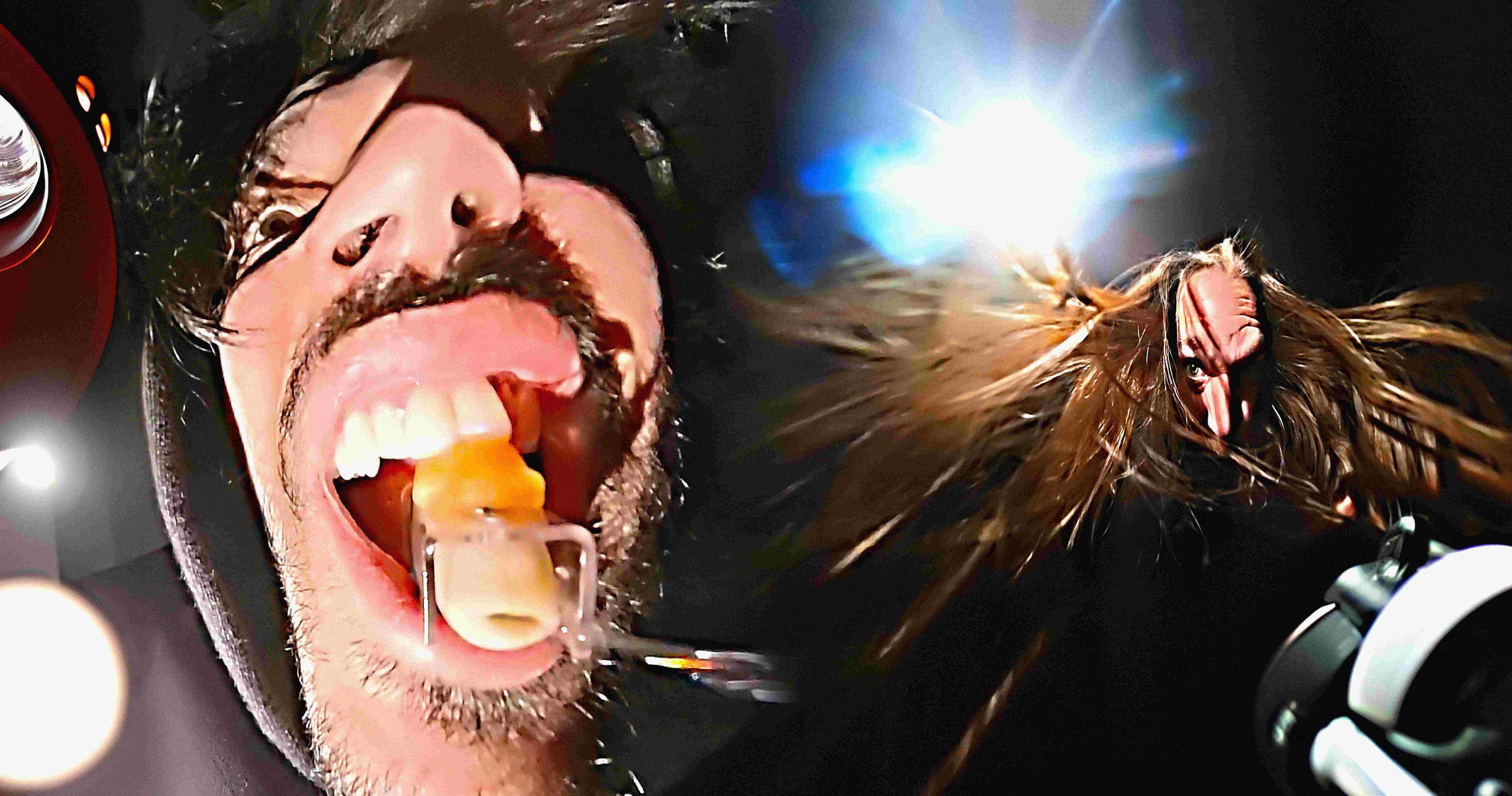
MK: For me, the live show is now the real work, and the album supports the show, which is the complete opposite of how we started. It took some years before we played our music live; at first, the project existed purely online.
SA: Was there a single moment when you knew the performances were what interested you more?
MK: There was this show in Prague in 2017 where things got out of hand. We have always been very interested in basic performance technologies like strobes and smoke as crude forms of hallucinogens—mechanical hallucinogens, if you will—but in Prague the production went completely overboard and there were like thirty strobes and so much smoke. I remember hallucinating on stage as we were completely enveloped by smoke and couldn’t see anything. This was a moment where I thought, “There’s something here.”
VH: A lot of the intense parts of our music are so much more visceral by bringing people together in a space and exposing them to these powerful audio-visual shows. You can really feel it in your brain and in your bones. At that stage, the music becomes part of the audience, and the audience becomes part of the music. It’s hard to reconstruct that in a home listening environment.
SA: How would you describe the sound of this album for those who will listen at home?
VH: I think it’s catchier and has more positivity or fun to it. “Cat” is almost like a Benny Benassi track, which makes it more straightforward than our previous work. We also pushed so hard in a pop direction on some tracks that we kept asking ourselves whether we could actually do it. We tried to keep an open mind and push things to the extremes—which for us means being more human and approachable.
MK: The album has a wide spectrum of styles. And at the other end are metal tracks like “Damon.”

SA: What sort of effect were you hoping for with the album cover?
MK: An album cover has a very different function today than it did during the LP or CD eras where it was an advertisement that took up real estate in a record store. The record cover doesn’t function like that anymore; it isn’t how you discover music today. So, that gives you more liberties as to what you can put on the cover.
FT: When we started talking about it, we thought that the cover could change across platforms or that it would change every time you went to the website based on a prompt, but that’s not technically feasible.
MK: We then became interested in this idea of prompting as a form of literature or as a form of poetry, and that’s where Jaakko Pallasvuo came in. The cover text, which is by Jaakko, isn’t a prompt even though it does inherit some—
VH: It’s a prompt for your brain.
MK: Yeah, I guess poetry in general is a prompt for your brain.
VH: There’s an overabundance of imagery today, including AI-created imagery. But if we leave the text on the album cover as a prompt, then it makes the image that the readers create in their minds very unique. The image is then private and precious.
MK: It’s also related to what we’ve done in the past, where we treated music and text as raw material and ignored the semantic content.
FT: And I’m pretty sure that some kids don’t see emojis as symbols when they get a text. Instead, they read full sentences. In a way, it’s an old problem. I build visuals when I read a book. But when I see an adaptation of it, then I’m only seeing some other person’s interpretation.
SA: Would you ever prompt to make music?
VH: I’m curious. But more for raw material. I’m sure there will be a point where you can do something quite outrageous with prompting, but I don’t think we’re there yet. Or at least I don’t have access to these tools if they exist. Every time I’ve made a prompt for music, the result was never anywhere close to what I meant. This has to do with what I was suggesting earlier. Images are read quite similarly, and music and text are still very personal.
MK: There are actually some minor elements on this album.
FT: Between the three of us, I’m the least likely to do it. But if I did, I would look for things full of glitches, something it doesn’t compute. I’m interested in mistakes. In the creative field, I believe that mistakes are the closest thing to what we are. Emulating nice things is very easy but emulating mistakes is very hard. Mistakes are so personal.
Credits
- Text: Shane Anderson
Related Content
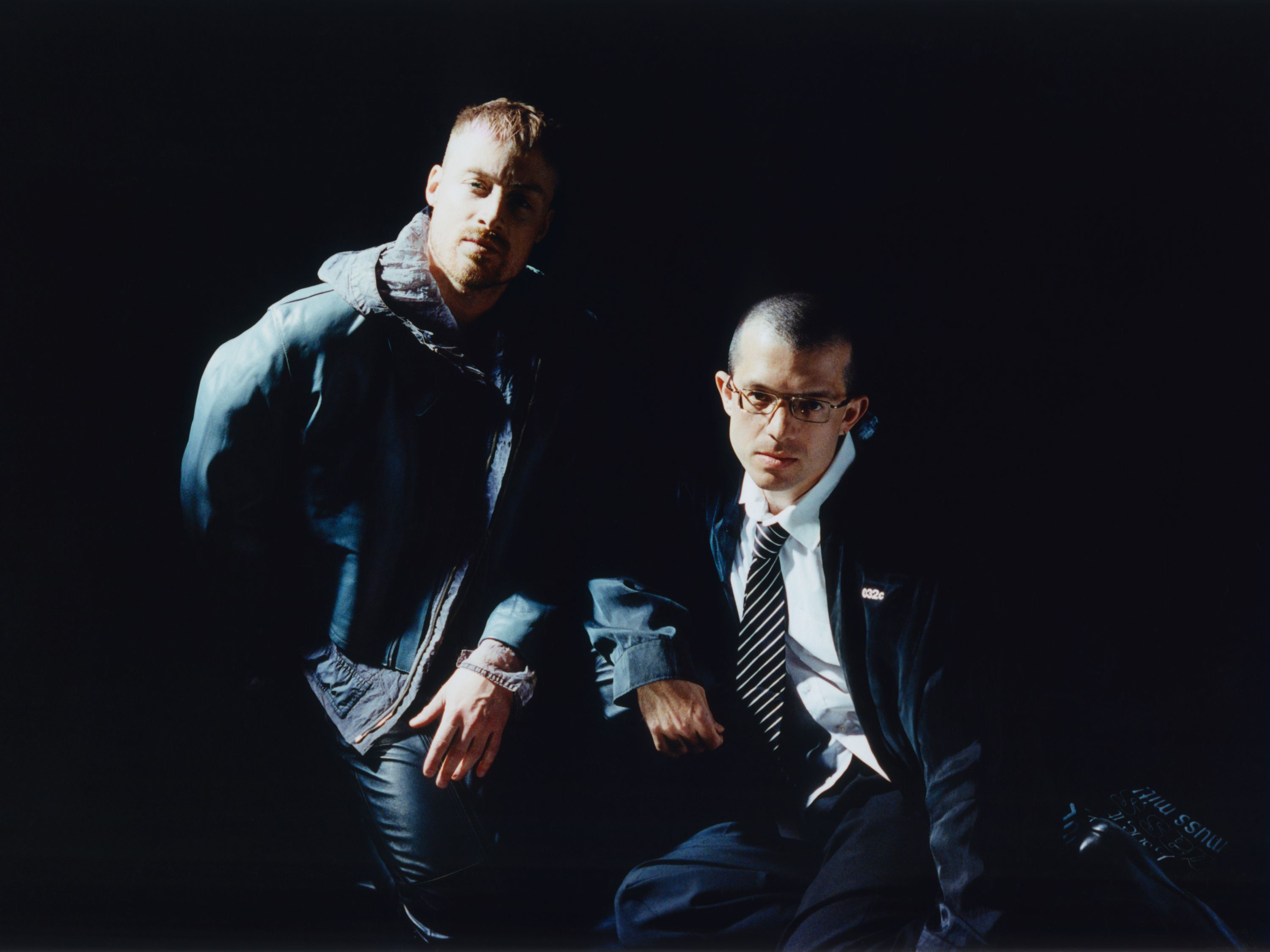
BILLY BULTHEEL and ALEXANDER IEZZI: Sculpting Music in Churches
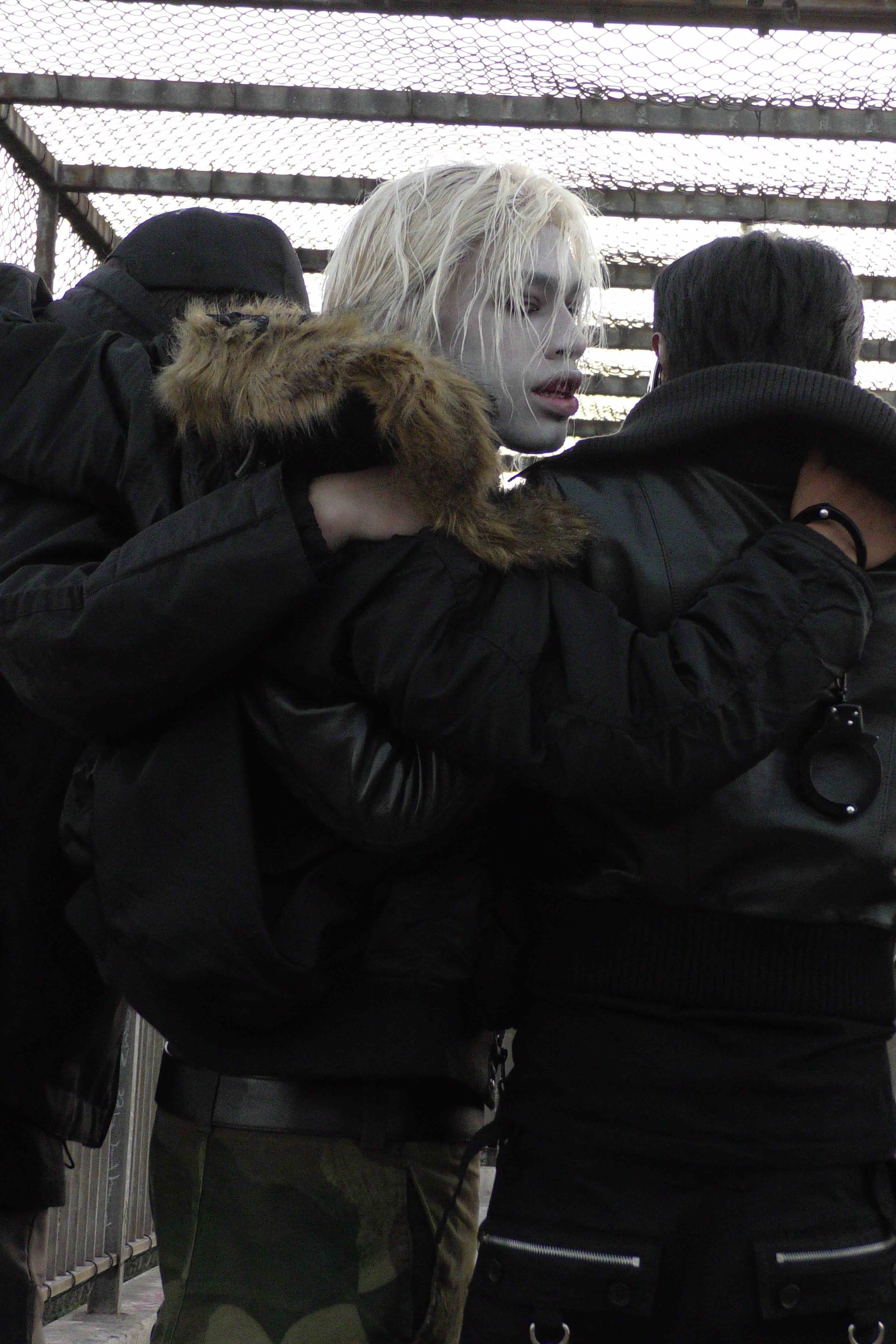
Drain Gang
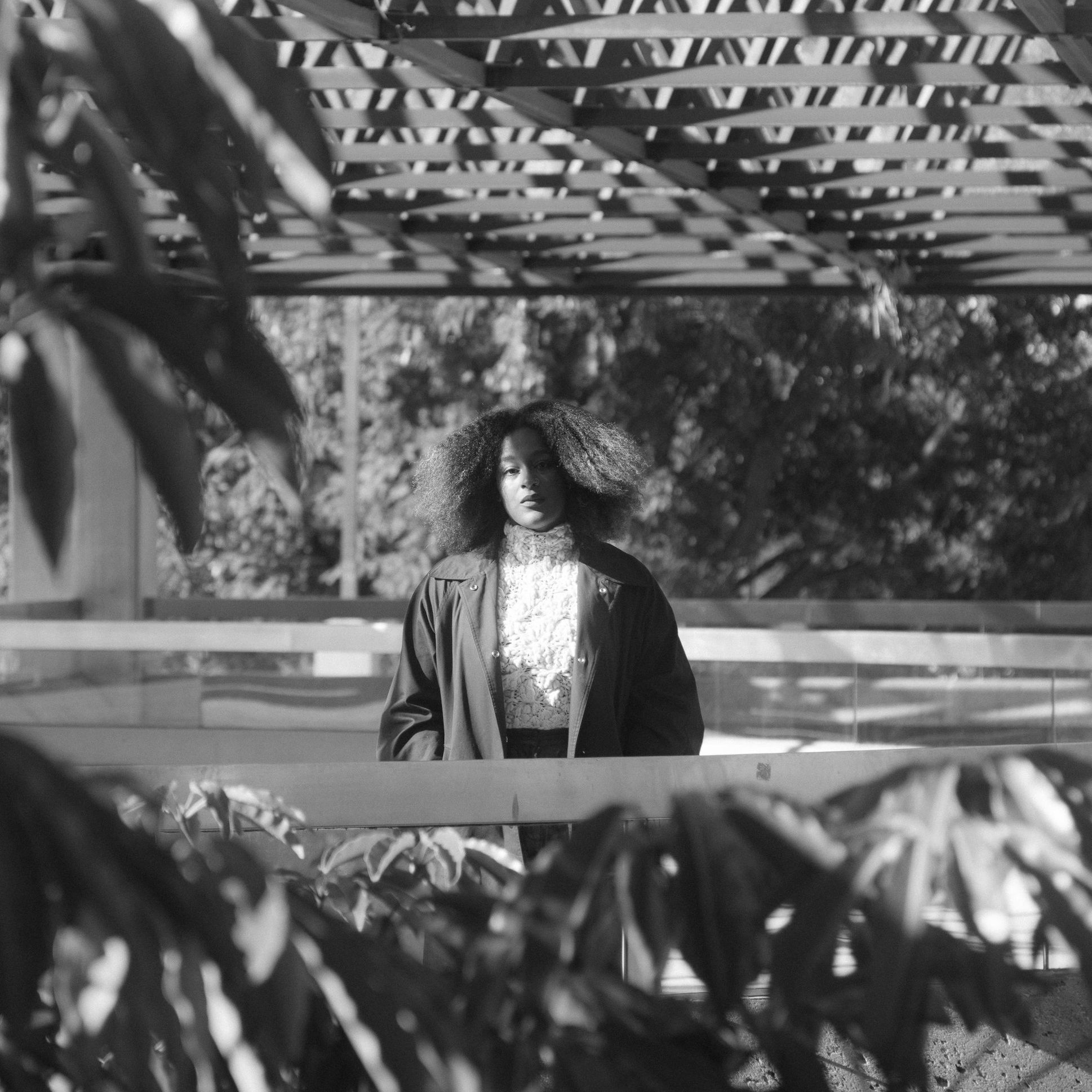
L’RAIN: The Musical Doula
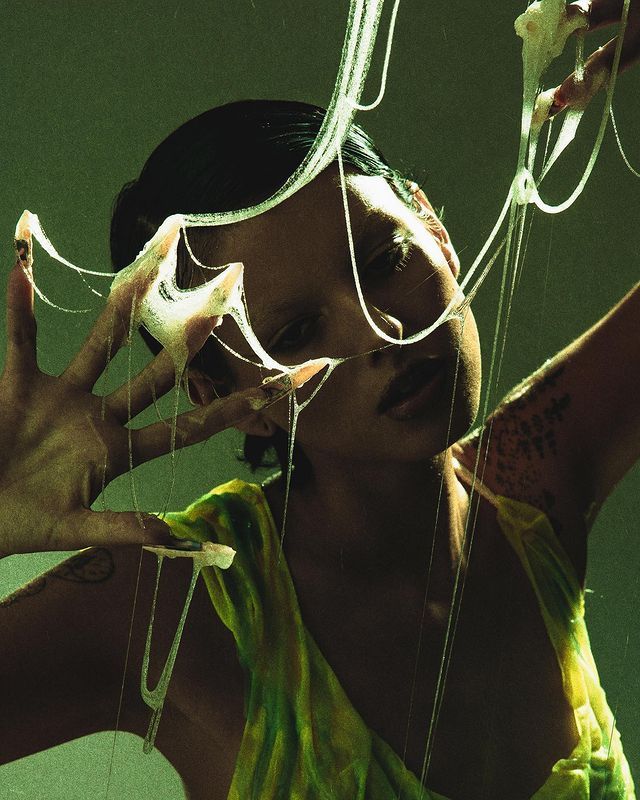
Notes From Underground: Slime Fetish
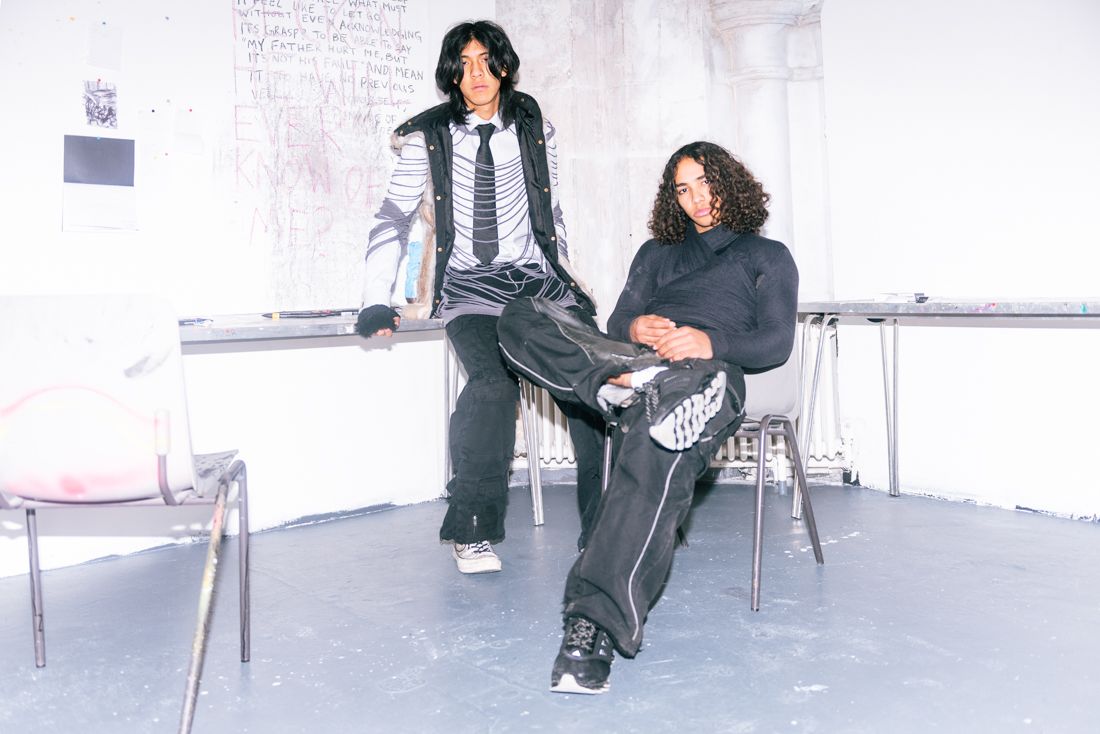
Uchronia Without Bounds: London Hardcore
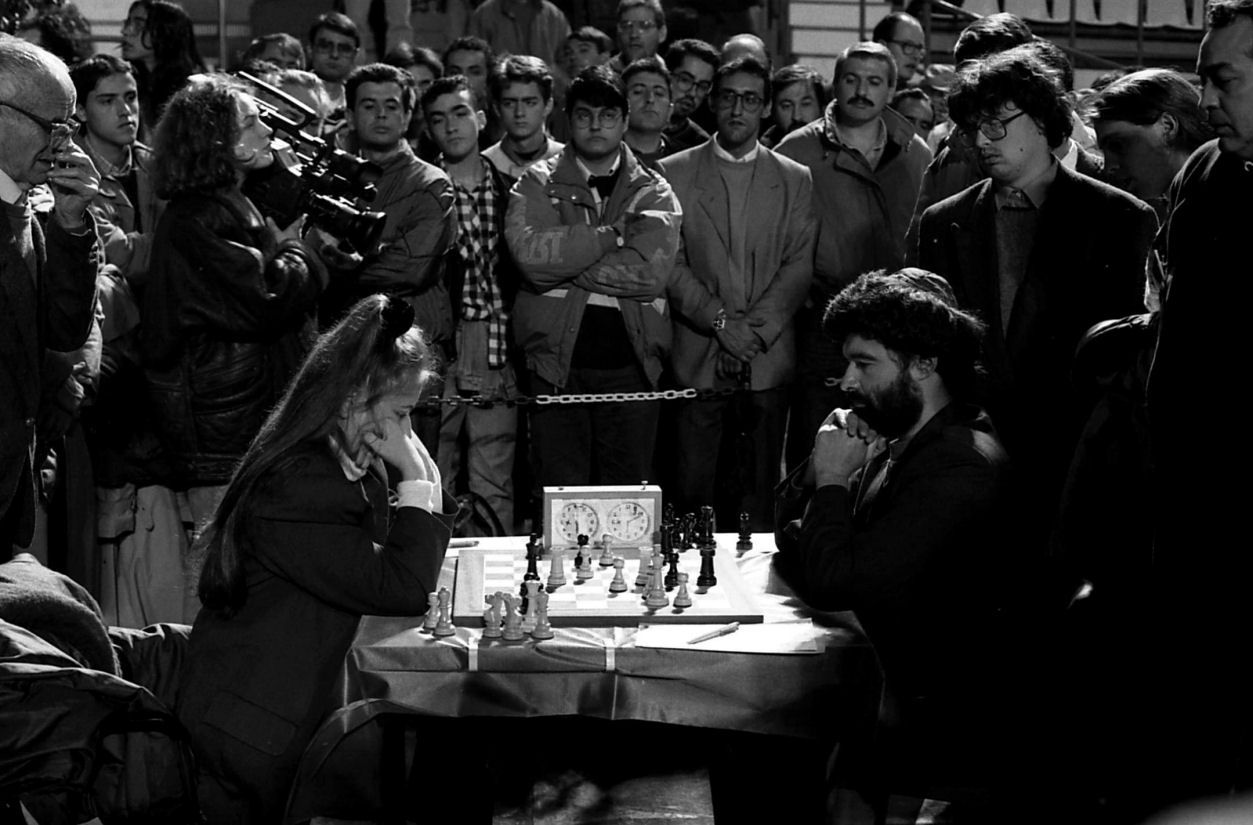
The Aggressive Attacker: An Interview with Chess Grandmaster Judit Polgár
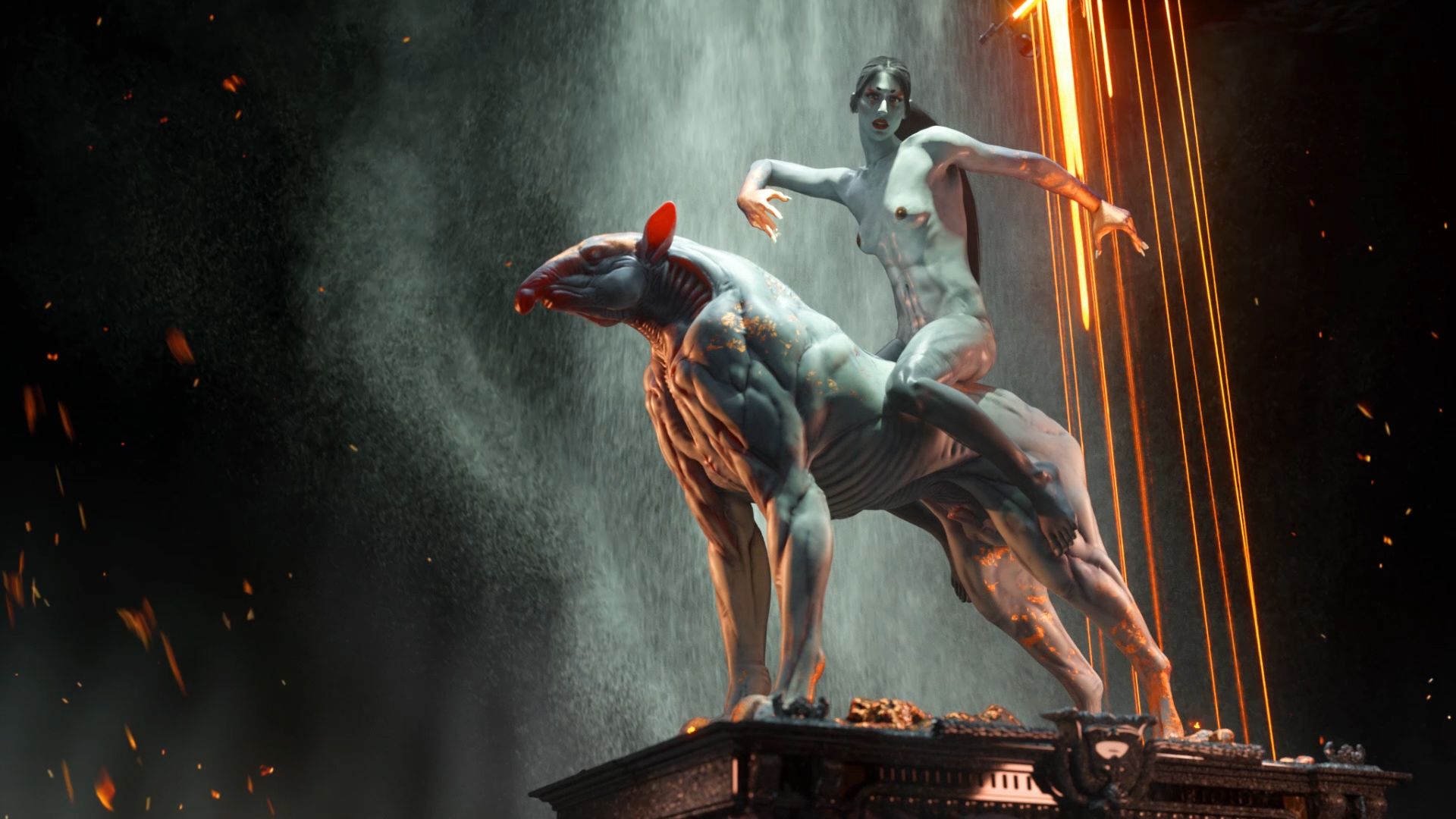
Digital Alchemies Resurrect the Dead
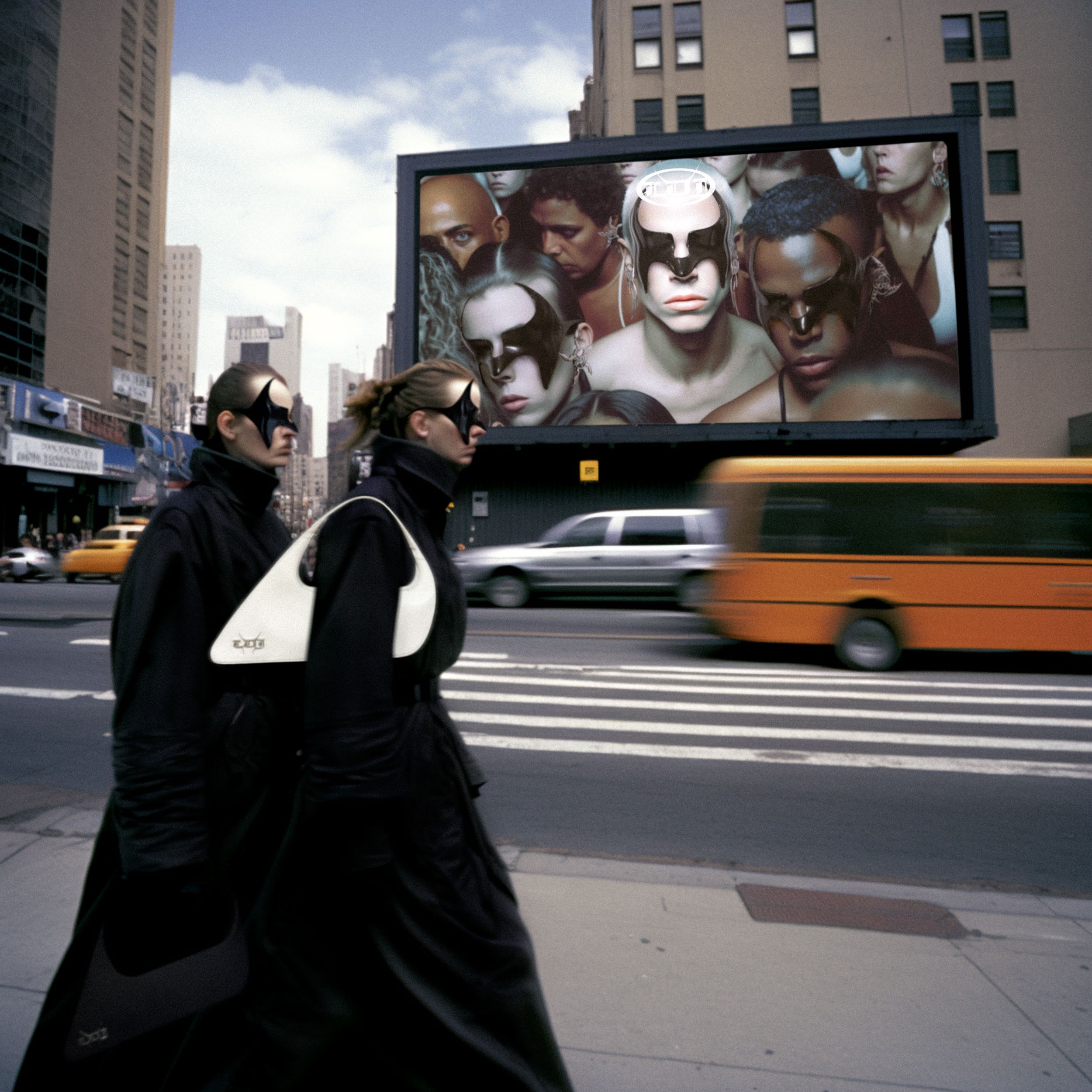
Notes From Underground: LUKE NUGENT’s AI Editorials Fictionalize Subcultures